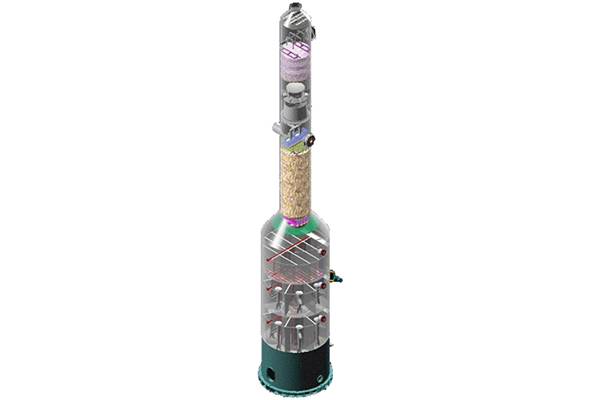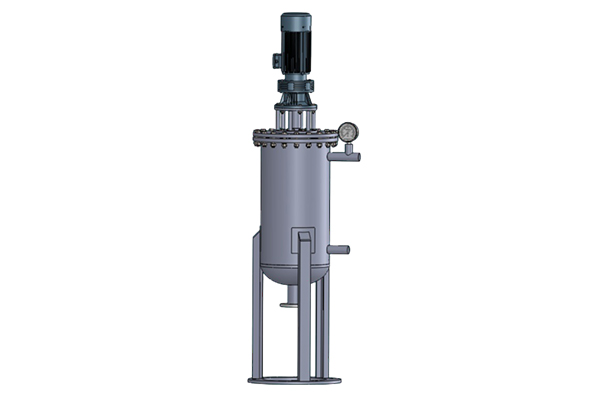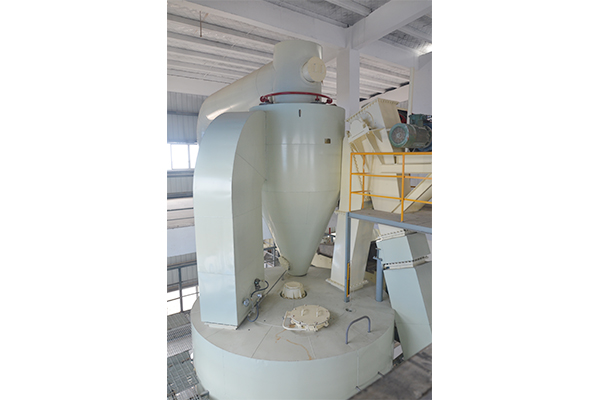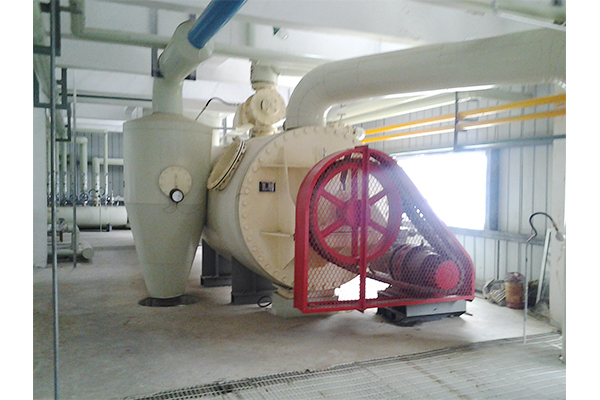How does the flat plate dryer achieve efficient dehydration of soybean germs through its unique design?
Release Time : 2025-02-18
The flat plate dryer has shown significant advantages in efficient dehydration of soybean germs through its unique design.
1. Compact structure and efficient heating
Compact structure: The flat plate dryer adopts a compact design structure, which enables the equipment to efficiently process a large amount of soybean germs while occupying a small space.
Efficient heating: The equipment is usually equipped with a steam heating system inside, which quickly transfers heat to the soybean germs by heating steel plates or other heat transfer surfaces. This heating method is not only efficient, but also can maintain the uniformity of heating of the material, which helps to achieve fast and efficient dehydration.
2. Uniform drying and high output
Uniform drying: The flat plate dryer adopts a chain or continuous conveying method, so that the soybean germs can be evenly heated and dried inside the equipment. This design avoids the problem of local overheating or insufficient drying of the material during the drying process, thereby ensuring the consistency and stability of the dehydration effect.
High output: Due to the compact structure and high heating efficiency of the equipment, the flat plate dryer can achieve a large processing capacity while ensuring the drying quality. This makes the equipment suitable for large-scale production environments and can meet the needs of dehydrating a large number of soybean germs.
3. Easy operation and low energy consumption
Easy operation: The operating interface of the flat plate dryer is usually designed to be intuitive and easy to understand, so that operators can easily grasp the operating status and operation methods of the equipment. In addition, the equipment is also equipped with an automatic control system that can achieve precise control of parameters such as drying temperature and time, thereby further improving dehydration efficiency and product quality.
Low energy consumption: By optimizing the heating system and drying process, the flat plate dryer can achieve low energy consumption while ensuring the drying effect. This helps to reduce production costs and improve economic benefits.
4. Maintain material integrity
The flat plate dryer can maintain the integrity of the soybean germ during the drying process, avoiding the problem of material breakage caused by excessive extrusion or friction. This helps to maintain the nutritional value and taste of the material and improve the quality of the final product.
In summary, the flat plate dryer achieves efficient dehydration of soybean germs through its compact structural design, efficient heating system, uniform drying effect, simple operation method and low energy consumption. These advantages make flat plate dryer have broad application prospects and market value in the field of soybean germ dehydration.
1. Compact structure and efficient heating
Compact structure: The flat plate dryer adopts a compact design structure, which enables the equipment to efficiently process a large amount of soybean germs while occupying a small space.
Efficient heating: The equipment is usually equipped with a steam heating system inside, which quickly transfers heat to the soybean germs by heating steel plates or other heat transfer surfaces. This heating method is not only efficient, but also can maintain the uniformity of heating of the material, which helps to achieve fast and efficient dehydration.
2. Uniform drying and high output
Uniform drying: The flat plate dryer adopts a chain or continuous conveying method, so that the soybean germs can be evenly heated and dried inside the equipment. This design avoids the problem of local overheating or insufficient drying of the material during the drying process, thereby ensuring the consistency and stability of the dehydration effect.
High output: Due to the compact structure and high heating efficiency of the equipment, the flat plate dryer can achieve a large processing capacity while ensuring the drying quality. This makes the equipment suitable for large-scale production environments and can meet the needs of dehydrating a large number of soybean germs.
3. Easy operation and low energy consumption
Easy operation: The operating interface of the flat plate dryer is usually designed to be intuitive and easy to understand, so that operators can easily grasp the operating status and operation methods of the equipment. In addition, the equipment is also equipped with an automatic control system that can achieve precise control of parameters such as drying temperature and time, thereby further improving dehydration efficiency and product quality.
Low energy consumption: By optimizing the heating system and drying process, the flat plate dryer can achieve low energy consumption while ensuring the drying effect. This helps to reduce production costs and improve economic benefits.
4. Maintain material integrity
The flat plate dryer can maintain the integrity of the soybean germ during the drying process, avoiding the problem of material breakage caused by excessive extrusion or friction. This helps to maintain the nutritional value and taste of the material and improve the quality of the final product.
In summary, the flat plate dryer achieves efficient dehydration of soybean germs through its compact structural design, efficient heating system, uniform drying effect, simple operation method and low energy consumption. These advantages make flat plate dryer have broad application prospects and market value in the field of soybean germ dehydration.








